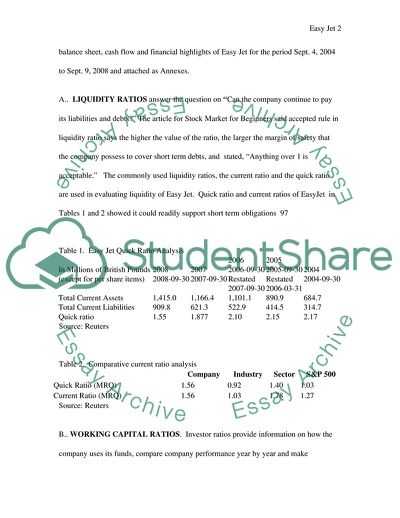Cite this document
(Investment Analysis of Easy Jet Airline Company Case Study, n.d.)
Investment Analysis of Easy Jet Airline Company Case Study. https://studentshare.org/finance-accounting/1719463-financial-accounting
Investment Analysis of Easy Jet Airline Company Case Study. https://studentshare.org/finance-accounting/1719463-financial-accounting
(Investment Analysis of Easy Jet Airline Company Case Study)
Investment Analysis of Easy Jet Airline Company Case Study. https://studentshare.org/finance-accounting/1719463-financial-accounting.
Investment Analysis of Easy Jet Airline Company Case Study. https://studentshare.org/finance-accounting/1719463-financial-accounting.
“Investment Analysis of Easy Jet Airline Company Case Study”. https://studentshare.org/finance-accounting/1719463-financial-accounting.


